A Guide to Visiting Historical Wallachia
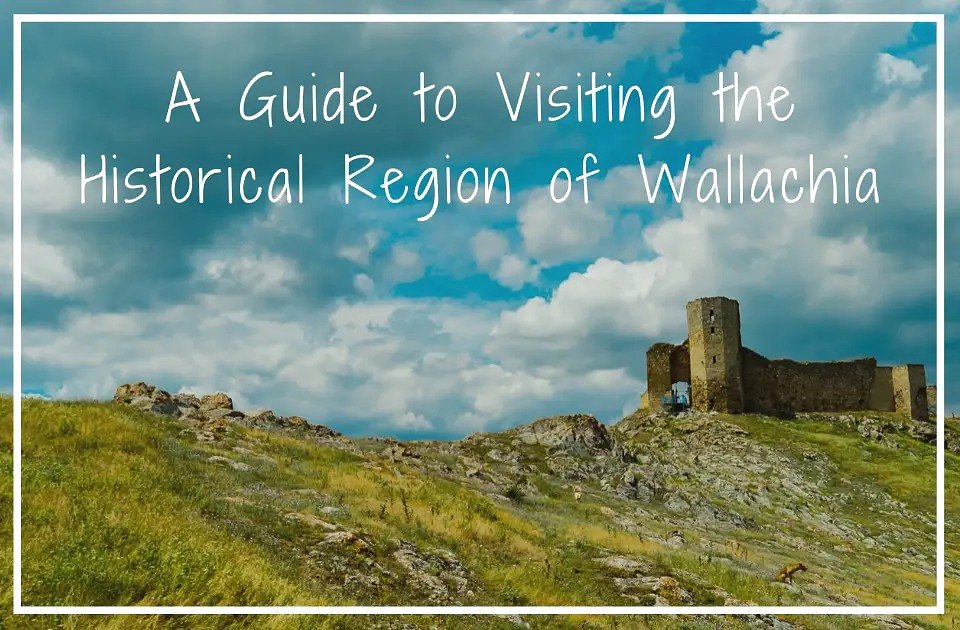
Posted on Fri 16 Jul 2021
The historical region of Wallachia (or Walachia) is seen by many in modern-day Romania as an outdated and archaic label, concerning a region no longer recognised in the country. However, despite this evolution, remnants of Wallachia still remain.
With much of rural Romania boasting a wholesome and traditional way of life, many of the buildings, churches and monuments from this period have remained, rather than being demolished for new building projects. This is often an unappreciated gem and exploring the historical region is still possible to this day.
Here, we’ll guide you through the region of Wallachia, the notable monuments and how you can almost travel back in time when visiting.
The Creation of Wallachia
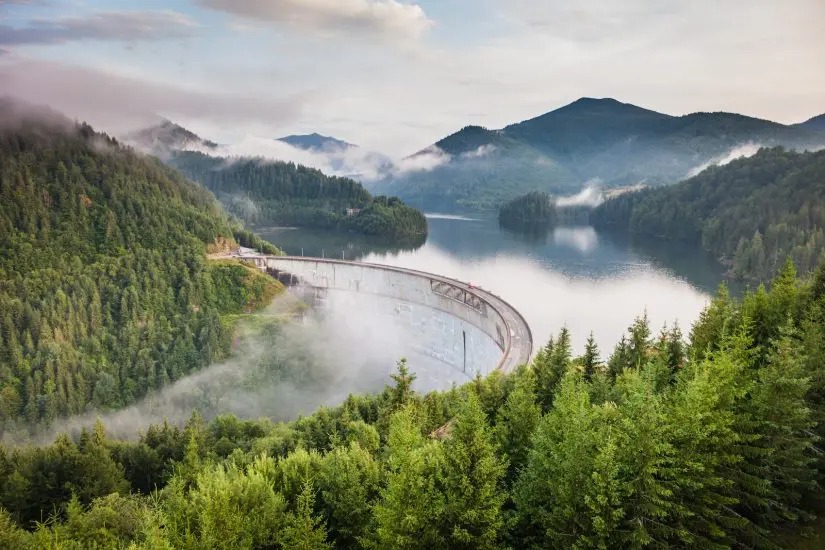
The former geographical region of Wallachia can be found just north of the Lower Danube, covering much of what is now southern Romania. This, along with the regions of Transylvania (a region still used to this day) and Moldavia make up most of what we’ve come to know as modern-day Romania.
The story of Wallachia can be traced back as far as c.1050 AD when the Latin-speaking Vlachs began gaining power and land just north of the 2nd Bulgarian Empire. The Vlachs had to survive and carry out invasions of neighbouring territories to retain their foothold in the land, however; the invasion of the Huns proved too much and forced the Vlachs to relocate.
During the 13th century, smaller political units consolidated and united to form one stronger territory. This coincided with the decrease of the domination of the Golden Horde (the westernmost part of the Mongol Empire) along with a political crisis within the neighbouring Kingdom of Hungary.
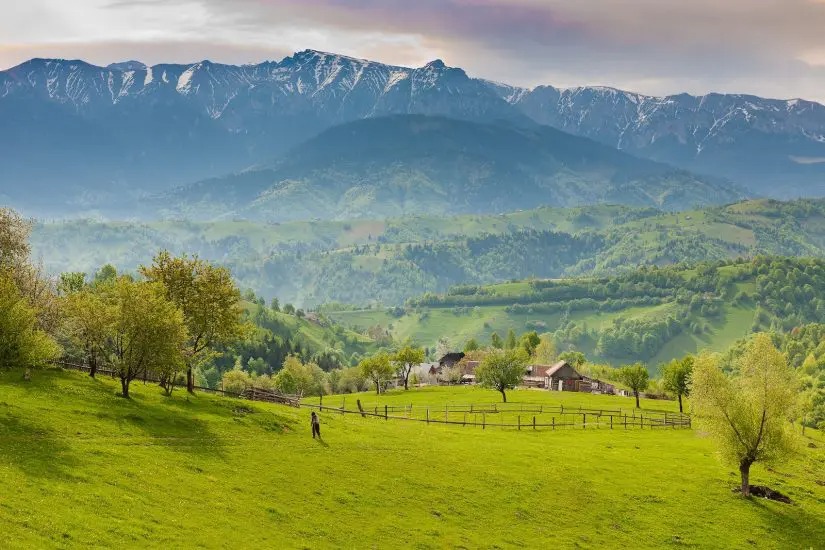
These events essentially opened the door to the creation of Wallachia. Deriving from the term ‘Vlach’, who were the people that made up the highest proportion of the population, the name was first introduced during the first half of the 14th century and the first coins were minted in 1365.
The region of Wallachia persisted for over 500 years, experiencing countless sovereign reigns, including the famed Vlad the Impaler (Vlad III). Many things remain from this era which can be visited and explored today, allowing for visitors to experience a taste of the history of Romania.
Wallachia formed a union with Moldavia in 1859 to create the United Principalities, eventually adopting the name Romania seven years later in 1866. Fifteen years later, the country changed its name again to the Kingdom of Romania, a title which lasted until 1947.
What Should You Visit in Wallachia?
The City of Târgoviște
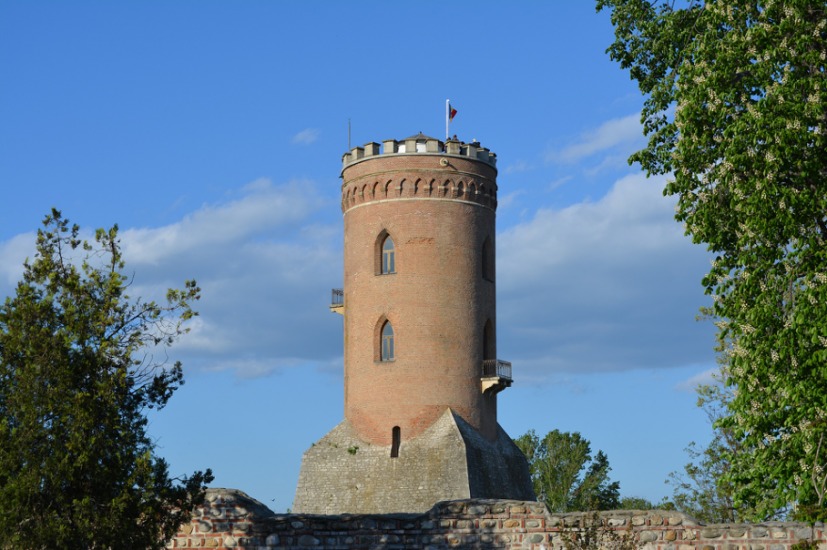
During the 14th and 15th centuries, Târgoviște took over from Curtea de Argeș as the capital of Wallachia due to economic growth within the city. Alexandru Aldea was the ruler of Wallachia who made the final decision to move the court of Târgoviște in 1431, and throughout this period, it was denoted as the capital of the region.
The Princely Court in the city saw various projects and building works carried out over the following decades, including the addition of the famed Chindia Tower, as requested by Vlad III.
In the city, it is possible to explore the ruins of the Princely Court along with the still-standing Chindia Tower. You should also explore Parcul Chindia, which is the park located nearby to the tower.
Curtea de Argeș
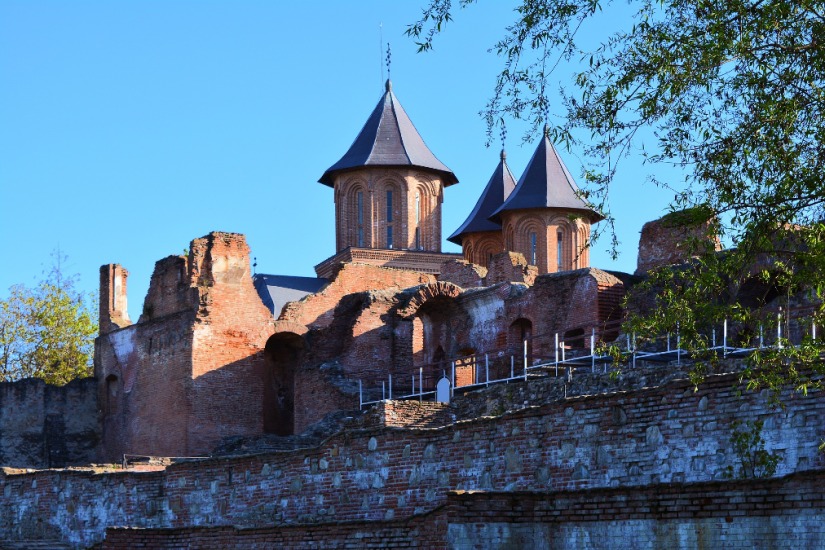
While exploring the capital, why not take a short day trip to the previous capital of the region, Curtea de Argeș. With a modest population of roughly 26,000 (as of 2011), the city is easily explorable and doesn’t require public transport to navigate. Along with being the former capital, the city is also the burial site of the Romania Royal Family.
In the city, the main attraction is the monastery, one of the most celebrated in Romania. The building was consecrated in 1517, and despite facing numerous catastrophes, such as fires, earthquakes and attacks, the building still stands strong. Minimal renovations were carried out by various rulers, meaning that much of what you see today is still the original work from over 500 years ago.
Snagov Monastery
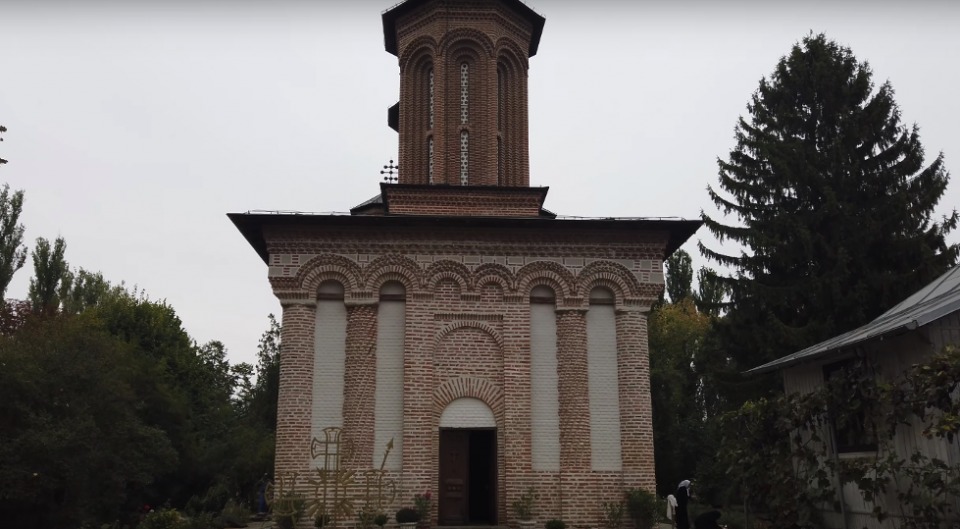
Image Source: Travels with V and Steve
Although the bright lights and busy streets of Bucharest have an unparalleled appeal to visitors, venturing outside of the city’s centre, you’ll find numerous hidden gems and lesser-explored sights. One of those is Snagov Monastery, a calm and quiet location in which both locals and visitors alike can take respite from the buzz of Bucharest.
The structure dates back to the 14th century and was excavated during the 19th century, with work carried out to renovate and restore the building. The monastery is located on a small island in a lake and is a picture-perfect setting, although it does harbour a slightly less ideal backstory.
Despite no prevailing evidence, the monastery is often referenced as the final resting place for Vlad Tepes III, otherwise known as Vlad the Impaler, who was the inspiration for Bram Stoker’s ‘Dracula’. Despite a notoriously cruel and unforgiving lifetime, Vlad requested to be buried at this specific site, although it is unclear whether this is fact or fiction.
Cozia Monastery
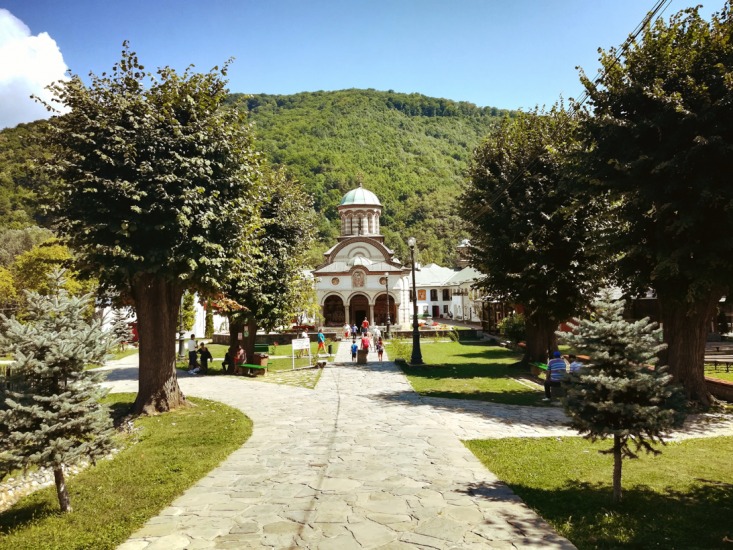
Dating back to the 14th-century and most-noted for being built by and housing the tomb of Mircea the Elder, the Cozia Monastery is an amazing structure. Inside the building, there are frescoes dating back to its construction in the 1390s, these are extremely well preserved, and examples can be seen in the museum.
Enisala Fortress
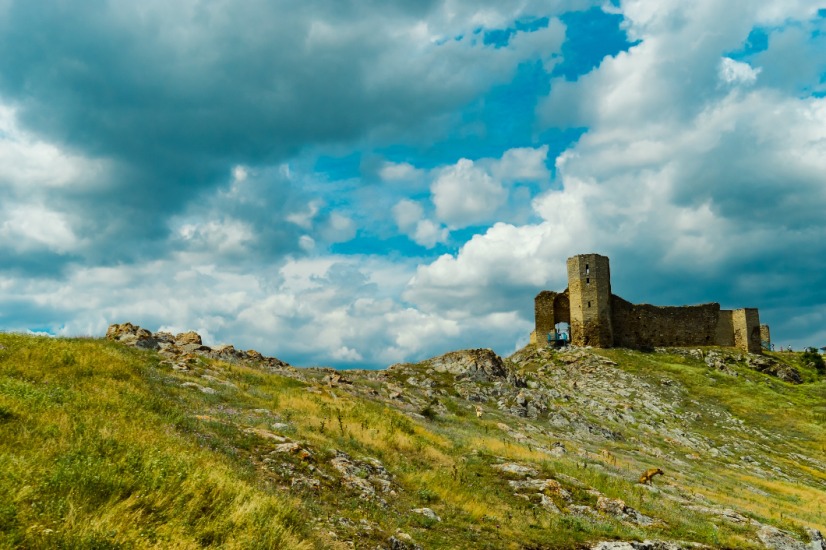
Enisala Fortress, located just south of the Danube Delta, is a Wallachian remnant found on the vast open landscape of Dobrogea. The structure was built on one of the highest hills in the area, a strategic decision to oversee the movements of enemy troops.
The fortress eventually stopped being used in the early 15th century when the Ottomans conquered Dobrogea and in the subsequent 16th – 19th centuries the fortress was abandoned and fell into a ruined state. However, due to this, it escaped demolition as the Russians ordered the destruction of all military fortresses in Dobrogea, making this one not eligible.
It’s not possible to drive up to the ruins, so make sure to pack your hiking boots as there will be a bit of a walk involved.
Poenari Castle
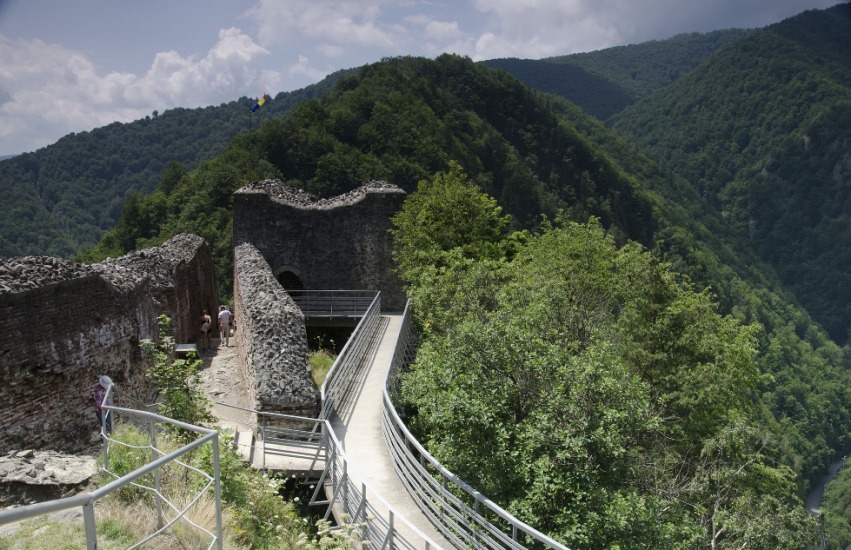
Found on the plateau of Mount Cetatea, Poenari Castle is well-know throughout Romania as being the home of Vlad the Impaler. The castle is now a ruin but still provides a chilling experience for those who make the journey to explore the ancient setting. The castle is not easy to get to, with access only being available through climbing over 1,400 concrete steps.
The castle was not built under the order of Vlad, instead being constructed in the 13th century by the Wallachians and having the name Castle Arges, named after the nearby river responsible for forming the neighbouring canyon. The castle had fallen into a ruined state before Vlad had taken over, requiring him (more specifically, his enslaved enemies) to carry out repair work, making it one of his primary residences.
The castle was then abandoned again in the 16th century and fell into ruin not long after. With the additional damage caused by a landslide from an earthquake along with a further two earthquakes, all happening in the 20th century, the castle is in a state of disrepair.
Visitation to the castle is possible all months of the year and is especially eerie during the wintery months with fog surrounding the structure. Entrance is five lei, which equates to roughly £1.
Câmpulung
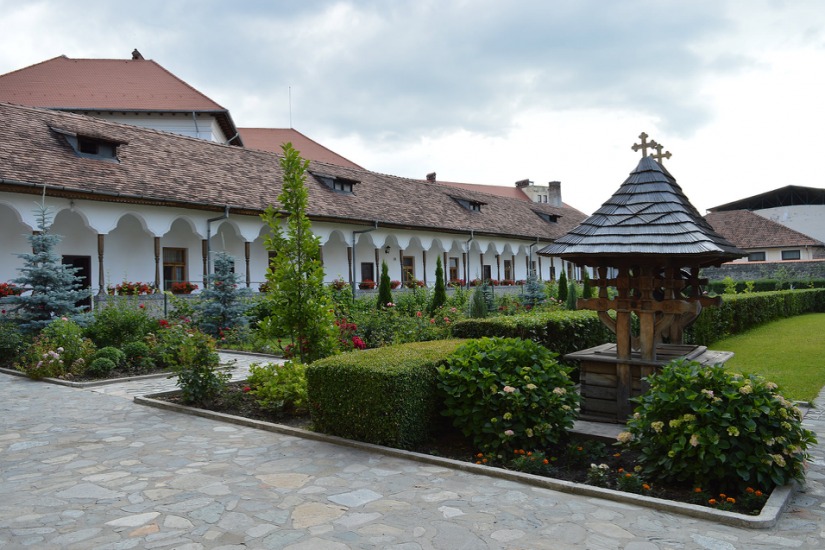
A modest size market town located towards the north of the former Wallachia region, Câmpulung was the capital of Wallachia when it was succeeded by Curtea de Argeș. The town’s population has fallen in recent decades with the current total around 30,000 people. This means that there is plenty happening within the town centre while offering a quiet and more authentic experience of day to day Romanian life.
Câmpulung is roughly two and a half hours away from Bucharest, and although it doesn’t warrant spending multiple days here, there are some Wallachian era churches and other buildings to explore, along with the regular markets.
If you’re looking to travel back in time to experience authentic Romanian life, exploring these locations in the former region of Wallachia is guaranteed to make you fall in love with the country of Romania.
If you’re looking to visit Romania and not sure where to start, or want to pack a lot of experiences into your trip, make sure to check out our Romanian experience holidays. For a truly unforgettable experience, why not travel with us to explore the Dracula Castle, Romania?
Read more from our blog here

